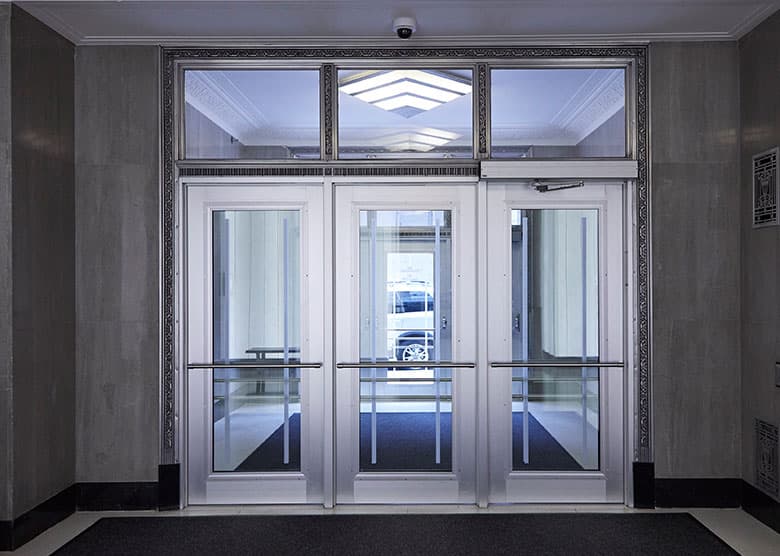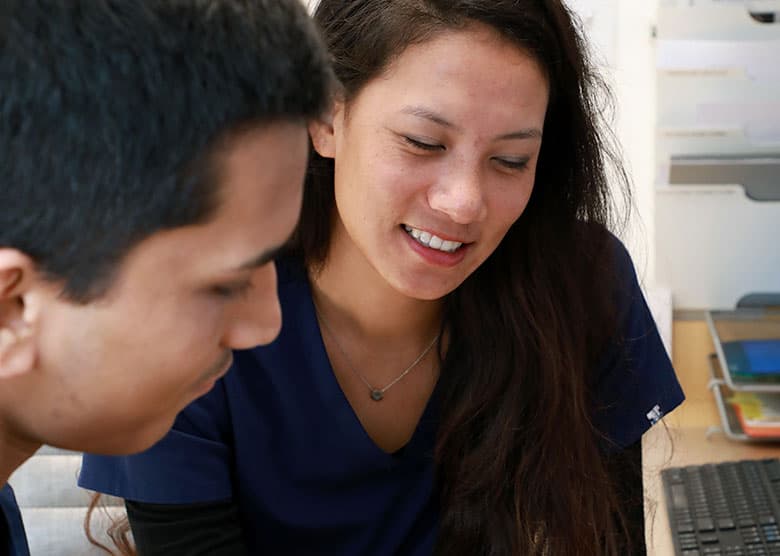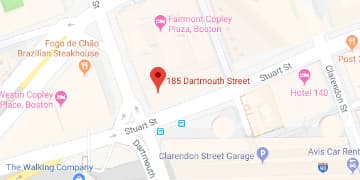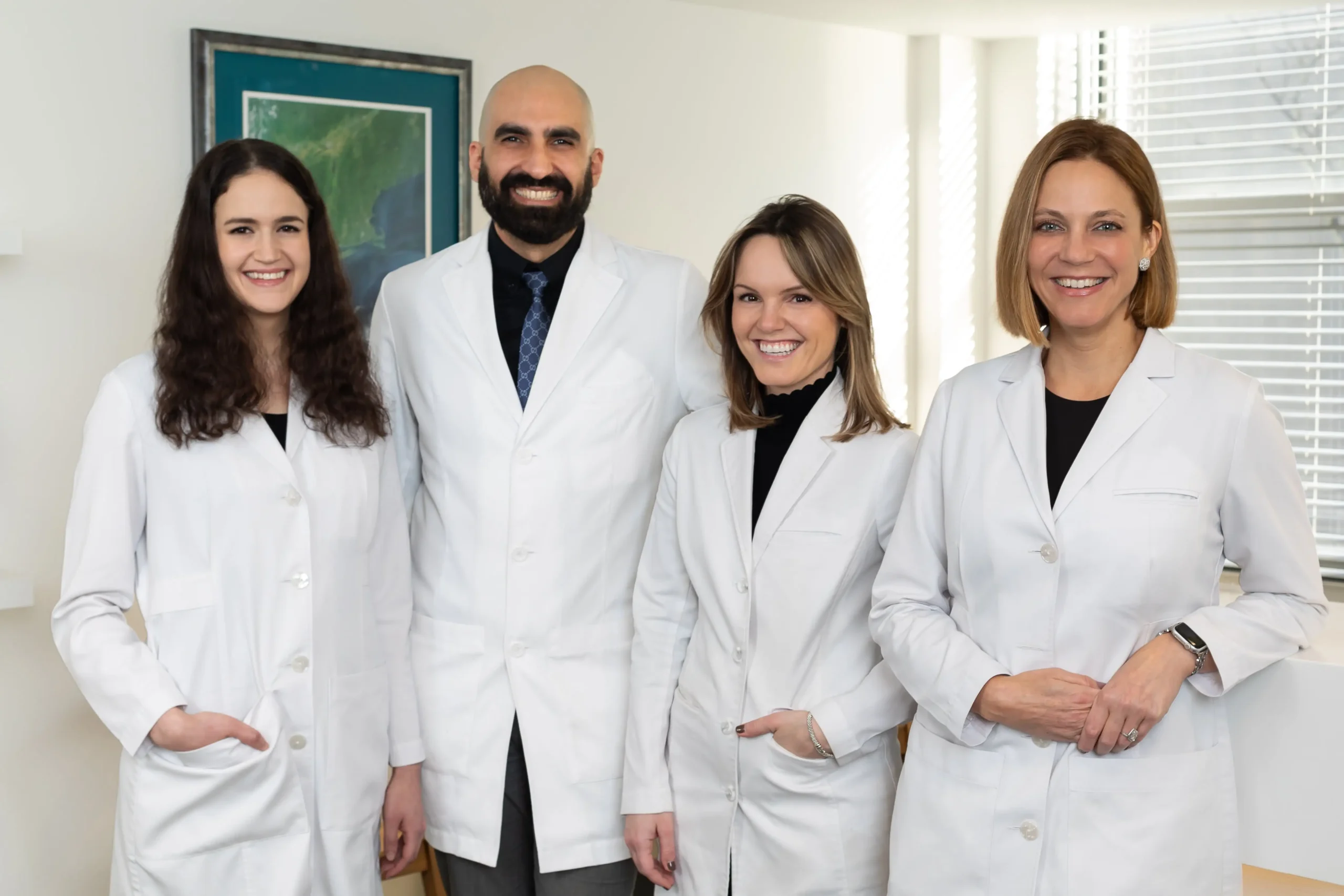Dermatologist Laser Treatments
Jump To
There are many lasers available for physicians to treat different cosmetic skin concerns. Lasers can be used for: wrinkles, brown spots, broken blood vessels, red marks, tattoos, hair removal, rosacea, acne, acne scars, skin tightening and fat reduction.
Not every laser is the same. For some skin conditions, multiple laser treatments may be needed. Depending on the type of laser used, the recovery time can vary greatly. Some lasers will leave you just slightly pink for less than an hour while other lasers make you very red for over a week. Be sure to ask your dermatologist about the number of treatments needed, the recovery time and what type of results to expect.
Additionally, if you are prone to getting cold sores, you should let your provider know so that they can prescribe medication to prevent these from coming out after a treatment is done close to the lips and mouth. Some lasers feel like a snap against the skin whereas others feel like a warm pinch. During laser treatments you will be given protective glasses to wear to protect your eyes from the laser beam.
PicoWay Laser
The FDA-approved PicoWay laser is a safe choice for Boston patients of all skin tones and types. This laser treatment for the face effectively brightens and rejuvenates the skin. It addresses melasma, sunspots, age spots, post-inflammatory hyperpigmentation (PIH), acne scars, freckles, and unwanted tattoos.
PicoWay offers four energy wavelengths: 1,064 nm, 785 nm, 730 nm, and 532 nm. Because it is a picosecond laser system, its energy pulses are only trillionths of a second long.
Since heat energy exposure is minimized, this treatment is much safer for the skin, ensuring minimal discomfort while removing dark spots from the face. The surrounding tissues remain undamaged, and little to no downtime or recovery time is needed.
During hyperpigmentation treatment at The Dermatology Institute of Boston, PicoWay’s energy pulses shatter the excess melanin pigment in the targeted area, reducing the appearance of dark spots and other pigmentation issues. The pigment particles are naturally filtered out by the body.
When performing spot treatment for dark spots on the face, only topical anesthesia is needed. PicoWay treatments are usually very quick, taking around 15 to 20 minutes. The number of laser treatment sessions needed varies according to the specific issues being addressed. Generally, around four to six PicoWay sessions are required for optimal results.
Fractionated Non-Ablative Laser
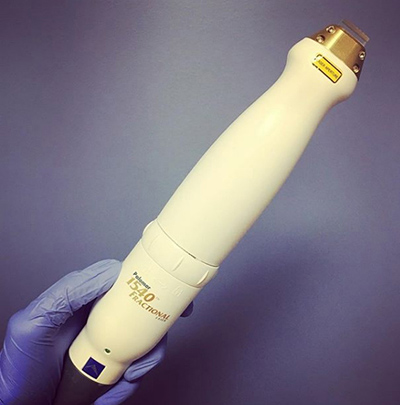
There are many brands of fractionated non-ablative lasers available to dermatologists. Common brands you may have heard of are Fraxel and the 1540nm XD Optic Icon Laser.
These lasers work best to treat textural problems such as acne scars, fine lines and wrinkles. They also work well for brown discoloration and can treat symptoms associated with melasma. Additionally, fractionated non-ablative lasers can work to reduce the appearance of stretch marks. Any part of the body can be treated with this laser, but it is most commonly used on the face.
With this laser, 4-6 treatments are usually required to achieve the results desired. The actual treatment only takes a few minutes in office, though most patients will arrive to the office early to use a numbing cream for approximately 1 hour prior to treatment to make the procedure more comfortable.
Patients usually experience redness on average for 2-3 days after treatment, however there is no peeling or bleeding of the skin. Immediately after treatment, the skin may feel as though it is sunburned, but this sensation usually subsides within 1 hour. Some patients will experience a temporary flare of acne after treatment, but this only occurs in 5% of patients and quickly resolves.
Pulsed Dye Laser (VBeam Perfecta)
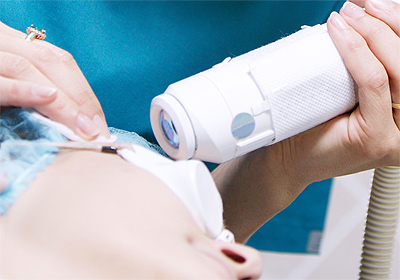
The pulse dye laser (PDL) has been around for many years and and is the gold standard of lasers to help “get the red out”. PDL can be used for the treatment of many skin conditions that are red in color on any part of the body. Treatment of flushing, small broken blood vessels (telangiectasias), angiomas, and port wine stains is very common and successful. PDL can also be used to treat the redness associated with rosacea.
While pills and creams can help with the pimples of rosacea, PDL can drastically improve the appearance of the associated redness and flushing. Additionally, PDL can be used to effectively treat a type of acne scarring called post-inflammatory erythema, a type of scarring that occurs after acne has healed and small red marks are left behind. Treatment in office is quick and hardly painful. Often, no numbing cream is used prior to treatment.
Patients describe the feeling of the laser on the skin as being snapped with a small rubber band. Patients will wear protective goggles during treatment, however they still may be able to detect a bright flash of light. Depending on what is being treated, more than one session may be required to achieve desired results, usually spaced out monthly. For a few days to one week after treatment, the treated area will look red. In some cases, patients will experience purplish bruising, and in the face, there can be swelling. Like any bruise, this will resolve in 1-2 weeks. Ice packs help drastically reduce the amount of swelling and soothe the skin.
There is no pain associated with treatment after leaving the office, just a slight sensation of stinging in some patients for a short time afterward which also quickly resolves.
Intense Pulsed Light
Intense pulsed light is grouped here under lasers, but although many refer to it as such, it is technically a light device and not a laser. The specific device we have in our office is the Icon MaxG. IPL is used to improve sun damage (photo damage), brown spots, and red spots. Any part of the body can be treated, but we most commonly see success with treating the face, chest, and backs of hands.
The best time to treat these areas is when the patient does not have an ongoing sun tan, as doing IPL on top of a sun tan can result in complications. During treatment, the patient’s eye are protected using metal goggles. Because the light is so bright, patients will still describe detecting the flash of light. A cold, clear gel is applied to the skin prior to treatment to make the procedure more safe and comfortable. On the chest, the pain associated with treatment is minimal. On more sensitive areas of the face and body, a topical numbing cream can be applied to minimize discomfort.
It takes about 10 minutes to treat a full face, and about the same for the chest. After treatment, the area may appear pink which can last anywhere from 1 day to several days depending on how sensitive your skin is. Some patients will experience swelling on the face, so ice packs can be used immediately after treatment to reduce this. When brown spots are treated, they will look darker for 1-2 weeks before fading. With IPL, more than one treatment is almost always needed.
AviClear Acne Laser Treatment
Our newest laser treatment is designed to treat and prevent acne.
Laser Treatment Expert Dr. Neelam Vashi
Board-certified dermatologist Dr. Neelam Vashi helps our laser treatment patients get the results they deserve. Before coming to The Dermatology Institute of Boston, Dr. Vashi served as the director of the highly respected Boston University Cosmetic and Laser Center. She was also founding director of the Boston University Center for Ethnic Skin.
Dr. Vashi is a renowned dermatology expert who specializes in laser treatments, hyperpigmentation, melasma, skin of color, and cosmetic dermatology. She has been featured on television networks like CNBC, CNN, and ABC. She has also been quoted in magazines like Newsweek and in newspapers like The Boston Globe.
Dr. Vashi received her MD from Northwestern University in Evanston, Illinois. She was a dermatology resident at NYU in the Ronald O. Perelman Department of Dermatology.
Along with speaking at national and international dermatology conferences, Dr. Vashi has written numerous medical journal articles. Dr. Vashi has authored four textbooks and several textbook chapters, and she is a member of numerous medical societies.
Find Out More About Our Laser Treatments
To learn more about our many laser treatments, contact us today! Call (857) 317-2057 for your consultation. Our skilled board-certified dermatologists will assess your condition and then administer the appropriate laser treatment. Our Boston facility is located near hotels like the Sheraton Boston Hotel and the Boston Marriott, along with dining options like The Capital Burger and Sorellina. We’re not far from the Boston Public Library.
